When we think of active transportation, we typically refer to walking and cycling, but spring and summer usually mean we see more skateboarders, rollerbladers and non-motorized scooters travelling around town too. Using active transportation is efficient and fun, but Road SMARTS reminders for skateboarders, rollerbladers, non-motorized scooters can help prevent injuries.
Safe Kids Worldwide found that nearly 50 children visit the emergency department every hour, from injuries related to bicycles, skateboards, scooters, and rollerblades.
The biggest danger is when the collision involves a motor vehicle. By using the following Road Smarts strategies we can all do our part to lower the risk of injuries to all road users.
Wear a helmet
A multi-sport helmet, with a Snell N-94 label, may be used for skateboarding, scooters, and roller and in-line skating. Also, remember to check the fit! A well-fitting helmet is snug, level and low.
Snug: The helmet should not wobble from side to side, and no more than two fingers should fit between the chin strap and chin.
Level: The helmet should be centered on the head without being pushed forward or backward.
Low: A common mistake is for the helmet to sit too high on the head. There should be room for only one or two-finger widths between the eyebrows and the helmet.
It’s time to replace your helmet if it is has been in an accident or if the outer shell or foam is cracked or broken.
Wearing other protective gear and padding is also strongly recommended to greatly reduce your risk of injury from a fall, especially if you are riding a skateboard, scooter or rollerblades.
Make sure your bike, skateboard, scooter, or roller or in-line skates are in good shape
Always check your equipment for wear and tear. Check the wheels to ensure they are spinning well and that the breaks (if applicable) are in working order.
If a skateboard is your preferred method of transportation, make sure your board is in the best shape possible. Making sure your skateboard is well-maintained will not only extend its lifespan and save you money but could also prevent needless injuries. Every part on a skateboard can be replaced and many of the components can be fixed with tools found around the house. The same goes for rollerblades and children’s scooters.
Make eye contact and pay attention
Always make eye contact with motorists. Just because you see the car does not mean the driver sees you.
Watch for parked cars where a door may open suddenly, cars going in and out of driveways, pedestrians and road hazards like potholes.
Watch for uneven pavement and areas of dirt, sand, and water, which can cause falls.
If you’re a motorist, remember:
- Do not drive distracted – put down the device and resist changing the radio station, keep your eyes on the road!
- Slow down in school zones and residential streets – more children will be active in these areas.
- Share the road with all users.
- Keep your eye out for all road users – including skateboarders, in-line skaters, and non-motorized scooters.
- Shoulder check before driving out of a parking space, changing lanes, and opening car doors while parked on the street.
- Just as users of non-motor vehicles, motorists should always make eye contact with skateboarders, scooters, and rollerbladers. Just because you see them, does not mean they see you.
Road SMARTS
Road SMARTS reminders for skateboarders and all road users are meant to help make roads safer for everyone. When tragedy strikes, too often we feel powerless in terms of making an impact to prevent further issues. If you would like to get more involved in road safety, we invite you to take the #RoadSMARTS pledge. By taking the Road SMARTS Pledge, you Support Making All Road Travel Safe, which can help improve road safety for everyone. When road behaviours change, accidents can be reduced. For more information and to take the pledge for free, visit https://www.ottawasafetycouncil.ca/road-smarts.
